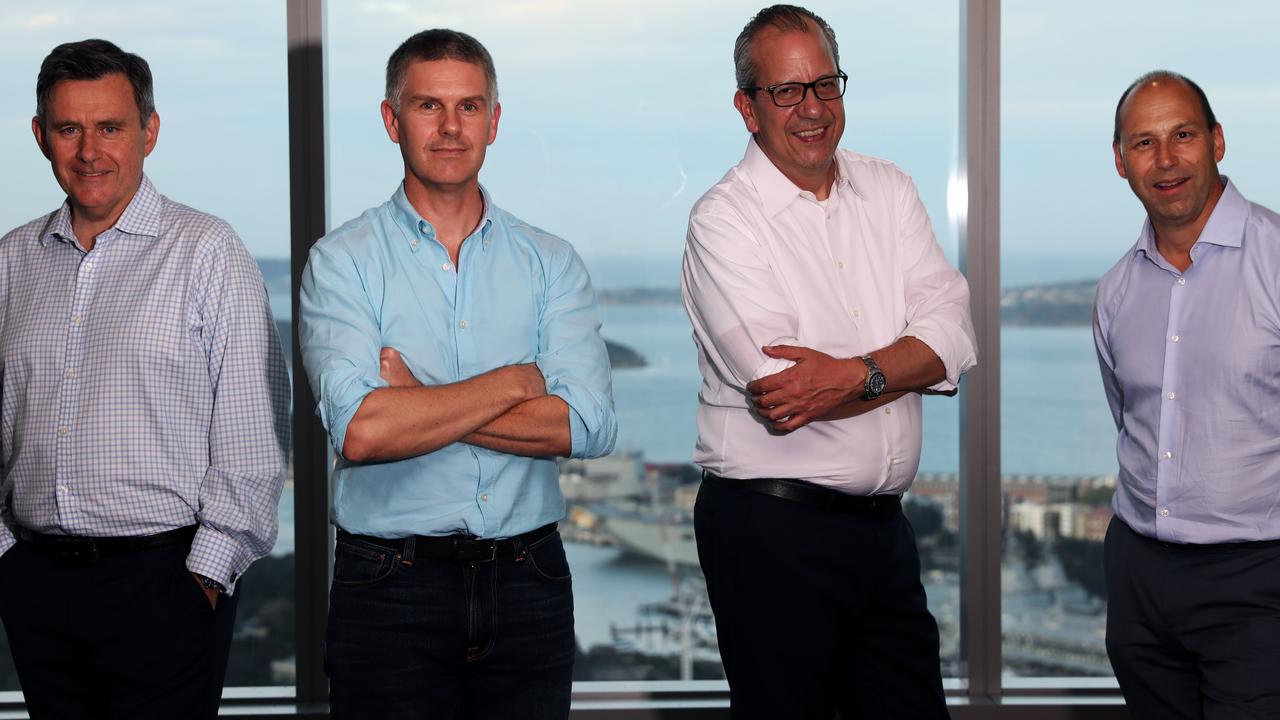How Samsung and Apple are preparing for the post smartphone era
It might seem impossible but smartphones could go the way of the fax machine, and Samsung says the end has already begun. Here’s how your phone will change.
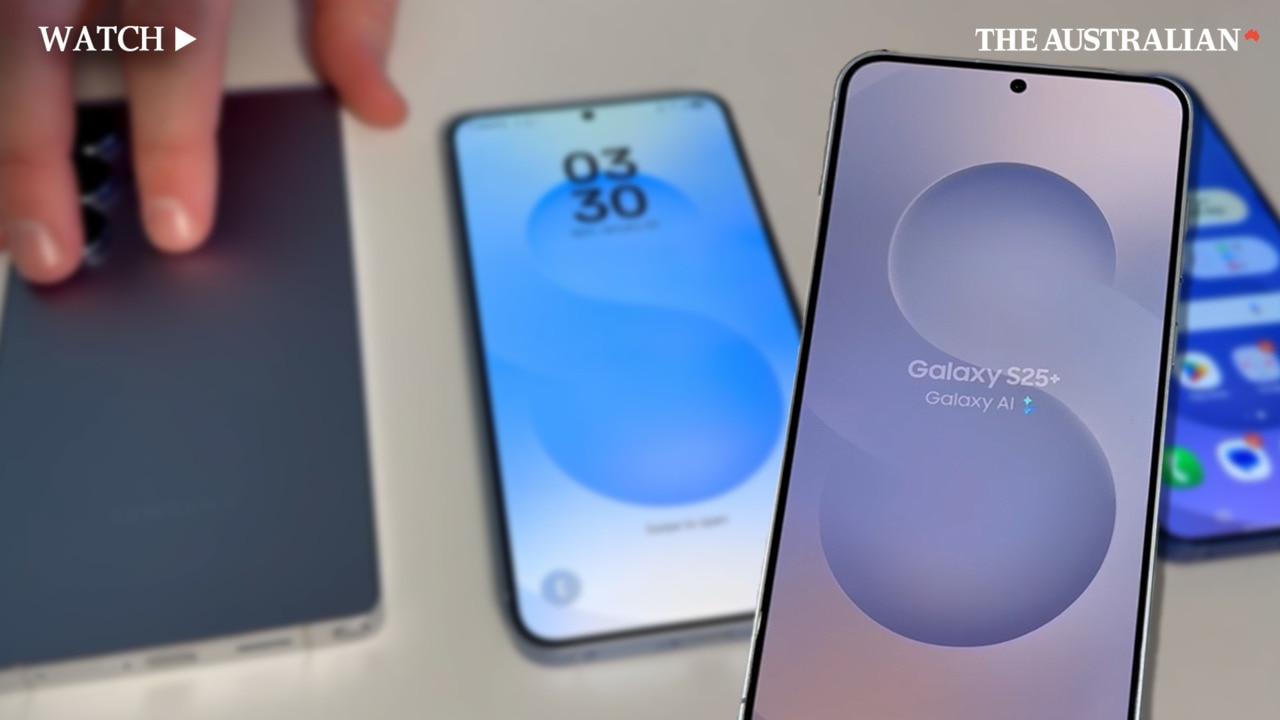
Business
Don't miss out on the headlines from Business. Followed categories will be added to My News.
Samsung says it is building a platform that will make our mobile phones and other devices smarter not just for the next decade but for the “next century”.
It’s a bold claim. Smartphone sales are plateauing. Some experts say it is the beginning of the end after they have been part of our lives for the past 17 years - an equally bold claim.
Almost 70 per cent of the world has a smartphone. It’s difficult to imagine our lives without them.
But just like fax machines, VCR and DVD players - and feature or ‘dumb’ phones before them, the technology is ripe for usurping.
If you ask Sally Hyesoon Jeong, executive vice president at Samsung, the smartphone era has already ended.
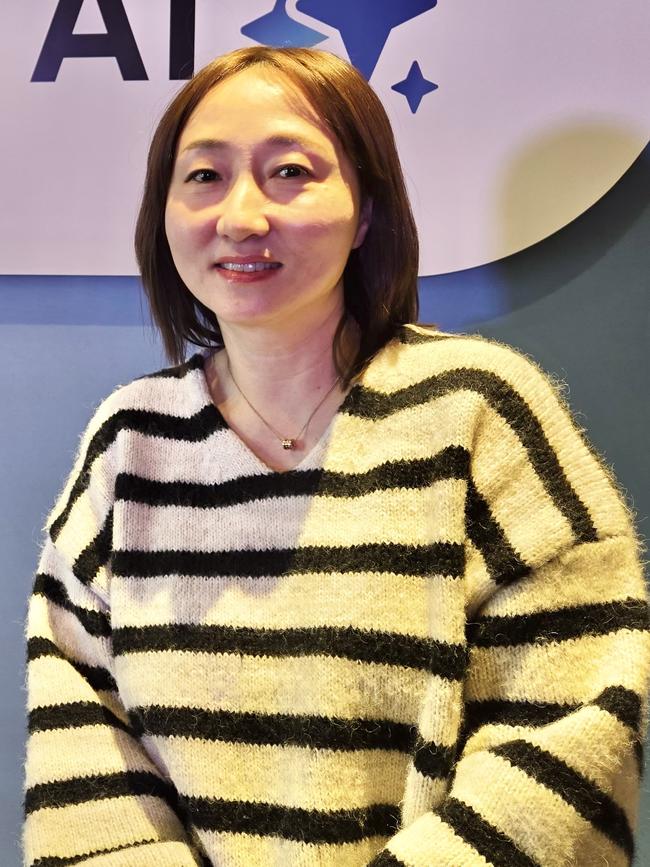
A new era of smartphones
“It’s been 25 years since I joined Samsung and throughout my career at Samsung I’ve seen many changes from feature phones - that’s where we began - and then we moved to the era of smartphones,” Ms Hyesoon Jeong tells The Weekend Australian.
“Now we’re seeing AI phones. Throughout that journey, Samsung has had great strengths that it could build on. We understand consumers very well and we also have an openness to technology. And so therefore, we are able to reflect the needs of consumers in our products and provide it to them.
“I believe that is the foundation that we can build on for the next 100 years.”
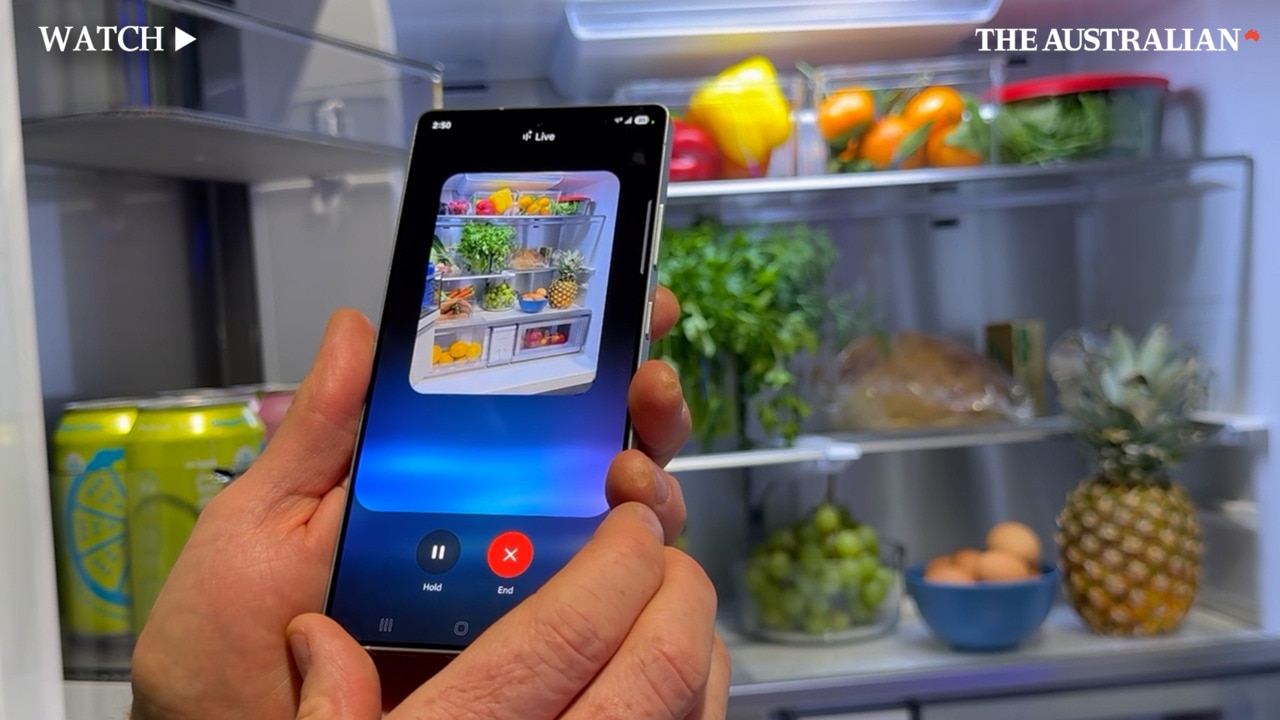
For now, Samsung and rival Apple - which together dominate the global smartphone market with a combined share of almost 40 per cent - are betting on artificial intelligence to breathe new life into mobile phones, which are becoming harder to sell.
Soft sales
Samsung and rival Apple experienced “largely flat” sales last year, according to Counterpoint Research, while China’s Xiaomi was 2024’s fastest growing brand, ranked No.3 globally with 14 per cent share.
Samsung has “big expectations” for its Galaxy S25 - launched this week in San Jose and the second phone it has positioned as an AI device. Apple also is betting big with its Apple Intelligence, which arrived in Australia last December.
The hand-held computers - that we call phones - have improved incrementally but last year that changed as two biggest players introduced AI into the devices.
A ‘profoundly different’ device
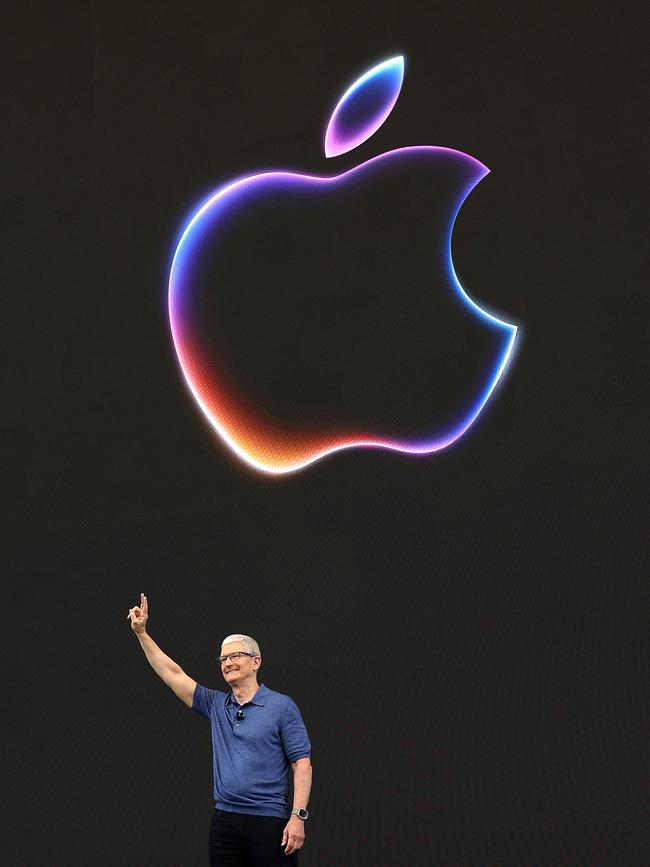
Apple Intelligence is not available on anything older than the iPhone 15 Pro series. Chief executive Tim Cook says the technology will make using Apple’s products “profoundly different”. He says he now longer has to read lengthy emails, thanks to Apple Intelligence summaries, enhancing productivity.
Ms Hyesoon Jeong agrees and says AI phones have already created their own segment in market data analytics.
“The smartphone market had saturated a bit,” Ms Hyesoon Jeong said.
“But that’s when the advent of AI occurred. Now, every day, we see new changes occurring. Technology is developing and so AI, of course, its influence will impact many aspects of our lives - but I believe with smartphones, it will impact lives of more of the masses.
“There are some people who know how to use it, some people who don’t use it that well. So this everyday device that we use, the smartphone, we want to enable people to be able to be friendly with AI technology and be able to use it. We want the benefits of AI to be for everyone, and so we are building our platforms in that direction right now.”
VR headset competition
The smartphone remains the most accessible - and convenient to use - tool to experience AI. Its touted successors, such as virtual reality headsets, including Apple’s Vision Pro spatial computer, aren’t designed to be carried everywhere like the smartphone - not yet, anyway.
The Vision Pro is heavy and connects to a battery pack. Until it can be has to be convenient as slipping on a pair of sunglasses, it will struggle to supplant the smartphone.
And no doubt that is what it will become with the next generation becoming lighter, cheaper and more comfortable as technology evolves - just like the evolution of mobile phones.
But the competition will be intense.
Meta has been in the smart Googles race for several years, while Samsung showed off its XR headset - a joint venture with Google and Qualcomm - Galaxy Unpacked event this week in San Jose.
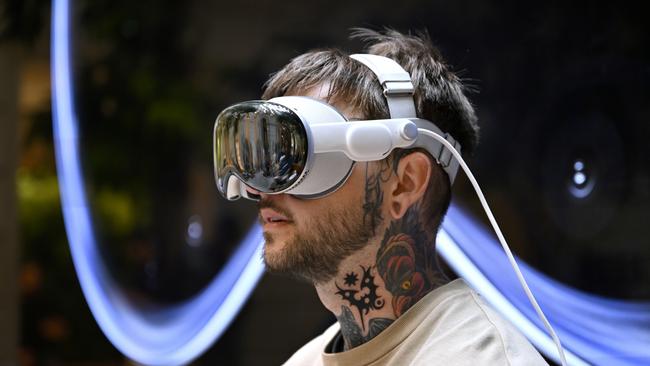
Quantum jump
“It was teased today,” Ms Hyesoon Jeong said after the S25 launch early on Thursday morning (Australian time). “It’s not just smartphones but tables and other XR devices. AI will be implemented, more and more, in various devices. We will offer a more rich experience.
“Once in a while we have these quantum jumps in technology that really enable generation change, and I think AI technology is the enabler to that.”
Donald Trump has launched an ambitious AI venture called Stargate, with Oracle, Softbank and Open AI committing $US500bn ($800bn) to the project. It will involve building out a physical network of data centres and the energy infrastructure to power all the computing brute force needed to run generative AI models, creating a new space race.
Ms Hyesoon Jeong said the venture was “a big announcement towards the future, definitely”.
Technology is also changing the look of hand-held computers - phone calls are now merely one feature of the devices - with the hardware transforming in ways that would not have been possible a few years ago.
New slim phone
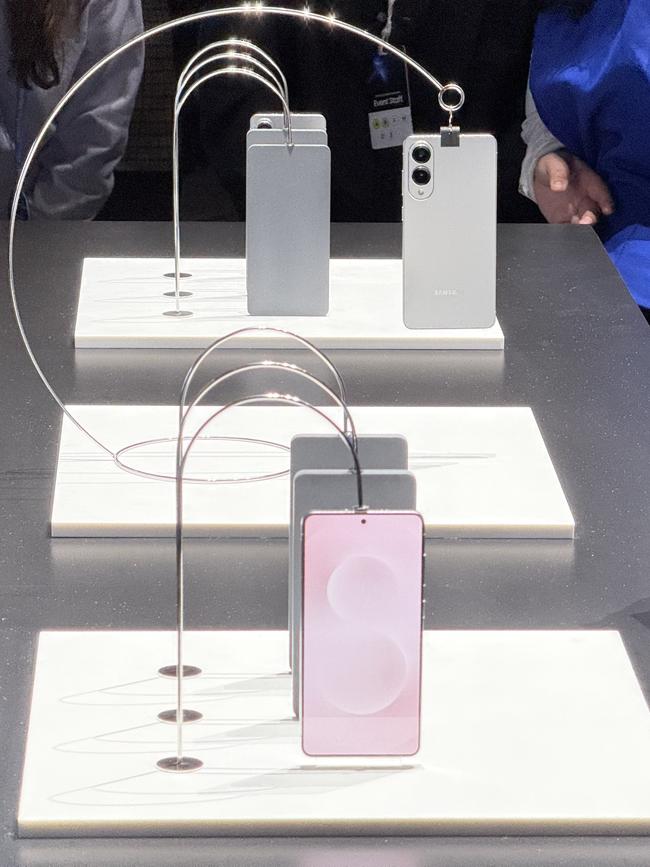
Samsung teased at a new slim Galaxy S25 Edge at Unpacked, which was showcased following reports that Apple would release a similar device later this year.
Samsung did not offer a precise release date but Ms Hyesoon Jeong said it would be available the “first half of this year”. Apple normally releases its new iPhones in September.
The fact that Samsung presented the product in Apple’s own backyard - about 11 kilometres from its headquarters in Cupertino - didn’t go unnoticed.
Asked if that was done on purpose, Ms Hyesoon Jeong said she was in the engineering team and therefore couldn’t speak to that decision.
“In Apple’s view, they might view it that way but this is Silicon Valley and we’ve had many events here.”
Hardware changes
Ms Hyesoon Jeong said the S25 Edge highlighted the “competitiveness of our hardware engineering”.
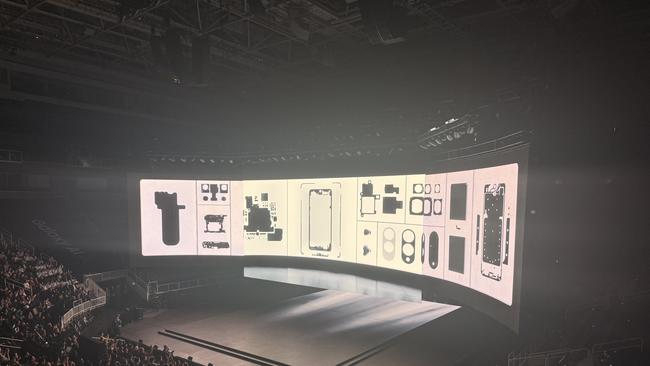
“In the past, making it thin, there were some give and take and there were also some pros and cons to that.
“Some aspects had to be offset. But now, even if we make it thin, we can still have the good camera functions. And this is all due to engineering technology developing.
“In the past, people using plus wanted good camera capabilities. Some people that were using UItra thought it was a bit heavy. So therefore we’re experimenting with Edge and through Edge we’ll continue to monitor the response of the users and build on that.”
But is it all just hype? At its Galaxy Unpacked event, Samsung stressed that its AI features were moving from being functional to be more intuitive or “contextually aware”.
“Contextually aware”
What does this mean? Basically AI is working more in the background to better anticipate your needs. No longer is it just about deleting objects from a photo with a swipe of a finger or transforming crummy sketches into more refined artwork, but helping people more in their daily lives via subtle prompts.
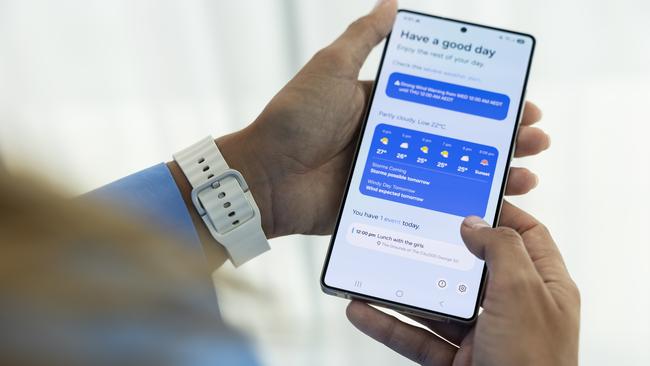
This is why Samsung designed its new Now Bar and Now Brief features. Now Brief gives users reports throughout the day, such as telling you the weather or what the traffic is like when you wake up, while Now Bar enables you to view favourite apps - even on locked screens - to access information like live sports scores or step-by-step navigation on maps.
But it doesn’t all operate in the background. With the click of a side button on the S25, a user can summon Google’s Gemini AI model and perform tasks such as a real time translation or generate recipe ideas based on a photograph of the contents of your fridge.
Making life easier
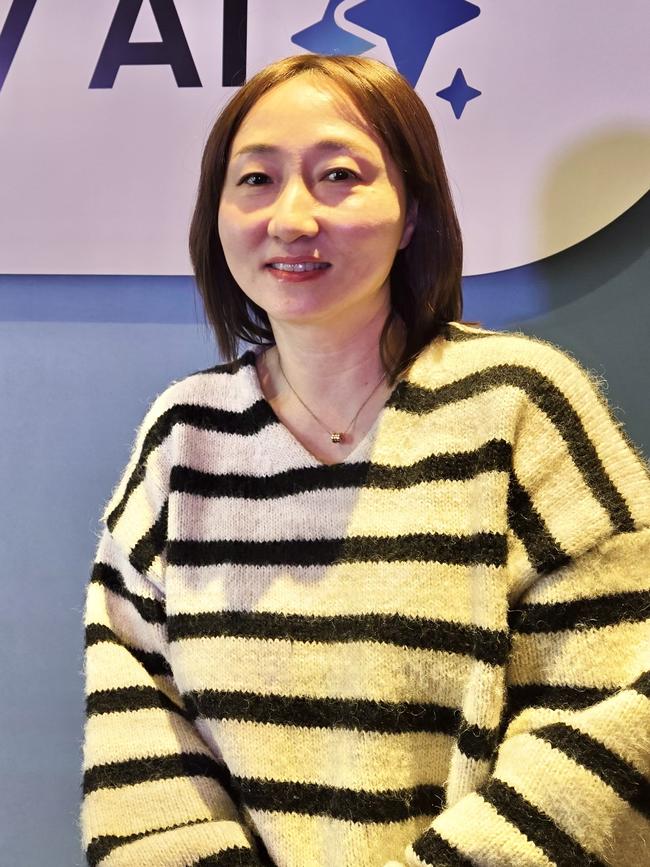
For Ms Hyesoon Jeong, who has now used the S25 for several months, she said she uses Galaxy AI to communicate better in foreign languages.
“Because I cooperate and collaborate a lot with Google, and I’m not a native English speaker, I use the AI features for communication actually, like chat assist, translation, tone conversion, that allows me to actually appear like a native speaker.”
Ms Hyesoon Jeong said there were about 20-30 Samsung engineers based in San Jose who have been working with Google to develop these features to create a platform in which Samsung has a greater say over its future.
This is a similar strategy Samsung adopted when it acquired its smart home platform SmartThings a decade ago. It didn’t want to rely the likes of Google or Amazon - or even Apple - to innovate with their connected device offerings and then catch up.
Designing your own future
“Typically, the platform companies, they would develop the API. A year later, they would develop apps to work with that API and do that interfacing and so forth. That’s the usual routine. It takes a long time.
“But this time, it was different because we wanted to enable the seamless experience across the apps. So from the get go, we worked together with the Google team developing the platform.
“It was a very difficult journey. Many people at Google, at Samsung, gave up their holidays year round to focus on the development. It was a challenge. It was difficult but the result came out great and I’d like to thank all the engineers that work hard at it.”
The author travelled to San Jose as a guest of Samsung.
Originally published as How Samsung and Apple are preparing for the post smartphone era



